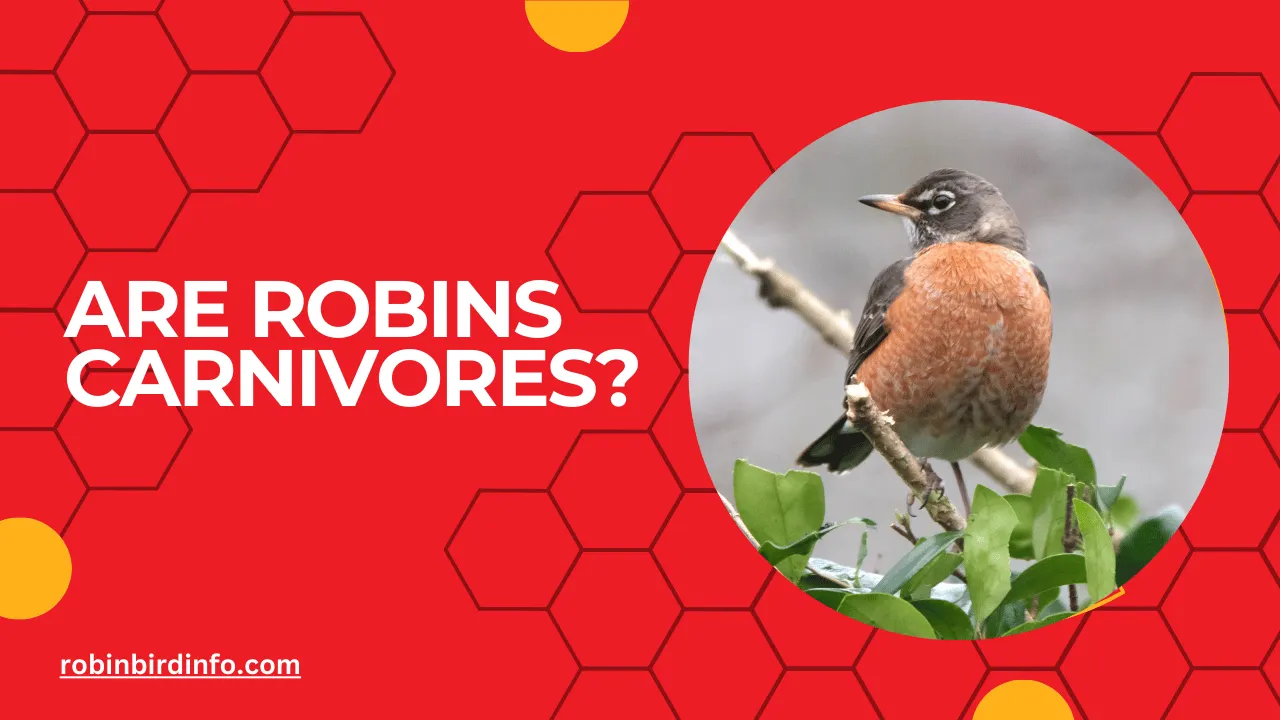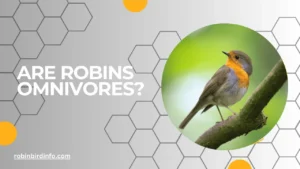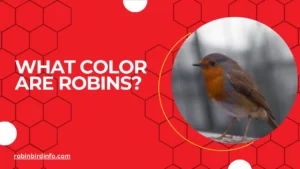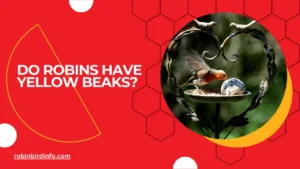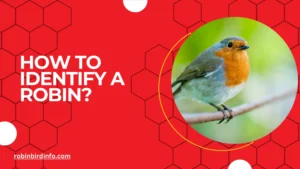Ever watch a Robin hop across your lawn, its bright red breast bobbing as it pecks at the ground?
We all know they love those plump earthworms, but are Robins actually carnivores? The answer might surprise you! These cheerful songbirds with their seemingly gentle demeanor have a more diverse dietary strategy than meets the eye. Understanding what Robins eat is not just a quirky fact – it’s a window into the fascinating world of bird ecology.
Their omnivorous diet plays a crucial role in maintaining a healthy ecosystem, and learning about it can help us create bird-friendly backyards that support these captivating creatures. So, ditch the burger stereotypes and get ready to dive into the fascinating world of Robin cuisine!
Contents
The Omnivorous Nature of Robins
Omnivores are animals that consume both plant and animal matter. Unlike strict carnivores, which only eat meat, omnivores have a more diverse diet.
Robins are indeed omnivores. Their diet primarily consists of insects and worms, but they also consume fruits and berries. This diverse diet allows them to adapt to different food sources throughout the year.
The availability of food sources influences a Robin’s diet. During the spring and summer, when insects are abundant, Robins rely heavily on them to feed their young. In the fall and winter, when insects become scarce, they turn to fruits and berries.
Section 2: Insects as a Primary Food Source
Insects are a crucial component of a Robin’s diet, especially for nestlings. They provide essential nutrients, including protein, which is vital for growth and development.
Robins consume a wide variety of insects, including earthworms, caterpillars, beetles, and grasshoppers. They use their sharp beaks to capture and consume these prey items.
Foraging behavior varies depending on the type of prey. Robins may forage on the ground, in trees, or in the air. They use their keen eyesight and quick reflexes to spot and capture insects.
Section 3: Fruit and Berry Consumption
Fruits and berries are an important part of a Robin’s diet, particularly during the fall and winter months. They provide essential nutrients, such as vitamins and minerals, and help Robins survive harsh winter conditions.
By consuming fruits and berries, Robins contribute to seed dispersal. Seeds pass through their digestive system and are deposited in their droppings, which can help plants to colonize new areas.
The availability of fruits and berries varies throughout the year. During the summer, Robins may consume berries from shrubs and trees. In the fall and winter, they may rely on fruits that persist on trees and shrubs, such as crabapples and holly berries.
Section 4: The Impact of Human Activities on Robin Diet
Habitat loss and fragmentation can reduce the availability of natural food sources for Robins. As forests and woodlands are cleared for development, Robins may have to rely on less diverse food sources.
Pesticide use can have a significant impact on insect populations, which are a primary food source for Robins. Pesticides can kill beneficial insects, reducing the availability of food for birds.
Bird feeding can supplement a Robin’s natural diet, especially during harsh winter conditions. However, it’s important to provide appropriate food, such as mealworms and suet, and to clean feeders regularly to prevent the spread of disease.
Section 5: Conservation Implications
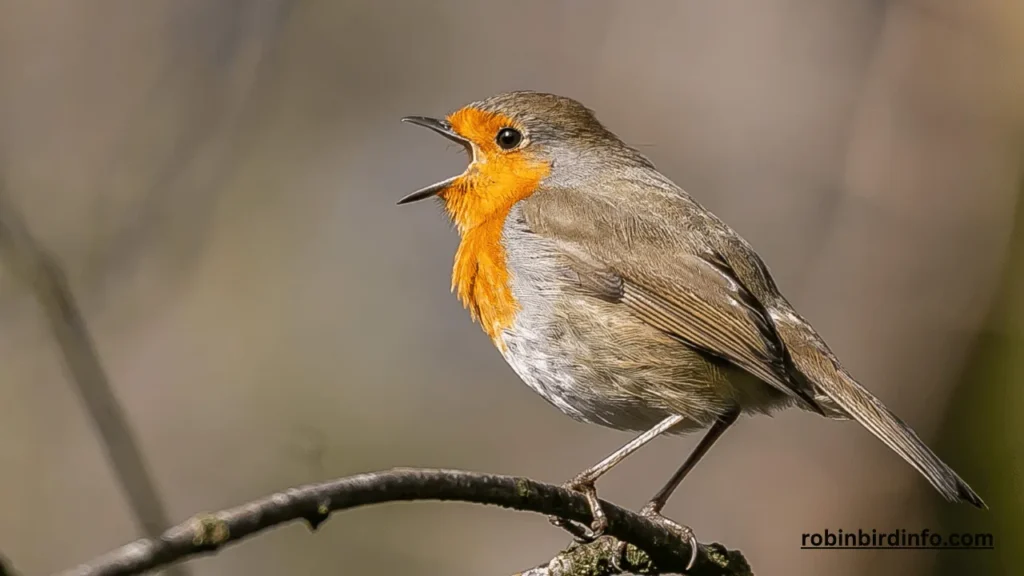
Protecting natural habitats is crucial for ensuring the long-term survival of Robin populations. By conserving forests, woodlands, and other natural areas, we can provide essential habitat for Robins and other wildlife.
Reducing pesticide use can help to protect insect populations and promote a healthy ecosystem. By using organic gardening practices and choosing environmentally friendly pest control methods, we can minimize the negative impacts on wildlife.
Supporting conservation organizations that work to protect bird habitats and promote bird conservation can help ensure the future of Robins and other bird species. By donating to these organizations or volunteering, individuals can contribute to important conservation efforts.
Conclusion
Robins are fascinating birds with diverse dietary needs. By understanding their diet and the factors that influence it, we can appreciate their ecological role and take steps to protect their habitats. By providing suitable habitats, reducing pesticide use, and supporting conservation efforts, we can help ensure the continued survival of these beloved birds.
Are Robins herbivores or carnivores?
Robins are omnivores, meaning they eat both plant and animal matter.
What do Robins primarily eat?
Robins primarily eat insects, worms, and berries. Insects are a crucial food source, especially for their young.
Do Robins eat seeds?
While Robins primarily eat insects and berries, they may also eat seeds, especially during the winter months when other food sources are scarce.
How do Robins find food?
Robins use their keen eyesight and hearing to locate food. They forage on the ground, in trees, and in the air.
Do Robins drink water?
Yes, Robins need water to drink and to bathe. They often drink from puddles, birdbaths, or other water sources.
How can I attract Robins to my yard?
To attract Robins to your yard, you can provide a variety of food sources, such as birdseed, mealworms, and fresh fruit. You can also create a bird-friendly environment by planting native plants, offering clean water sources, and providing nesting sites.

